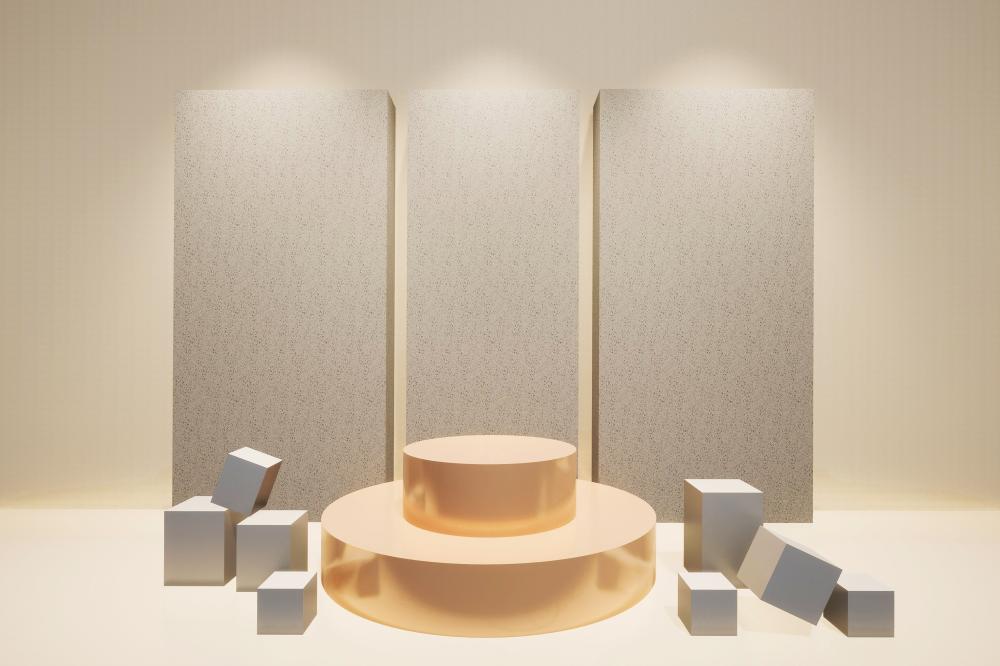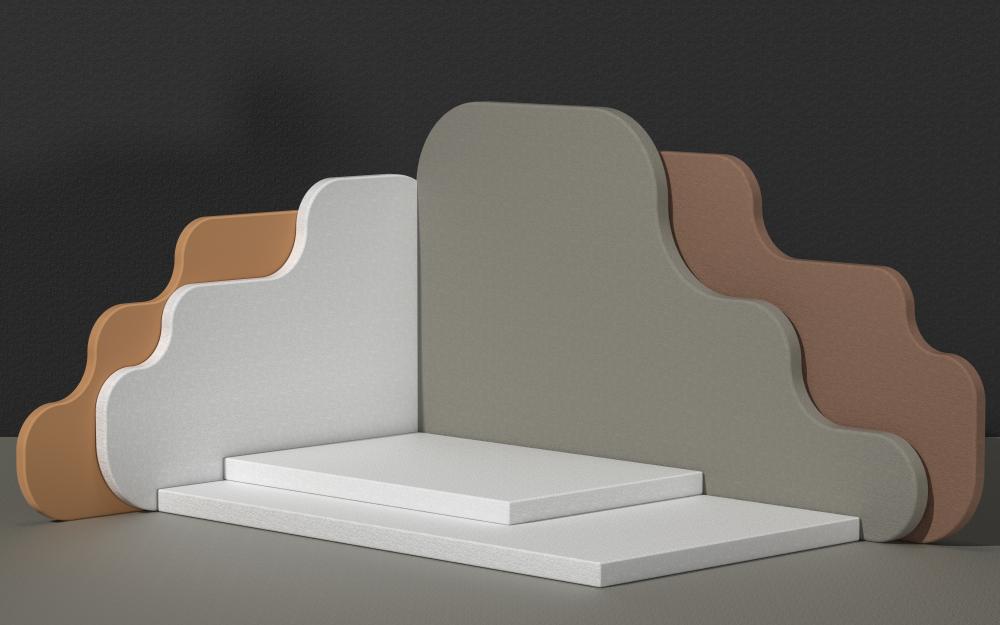Benefits of Modular Exhibits
In the ever-evolving landscape of trade show displays, flexibility is key. The Modular Exhibit stands at the forefront of this adaptability, providing exhibitors with a versatile platform that can be reconfigured to meet different needs. Having worked in the exhibit industry for over two decades, I’ve witnessed how these structures have revolutionized trade shows. Gone are the days when a static display was all you needed. Today, businesses crave exhibits that can evolve with them, and modular designs fit the bill perfectly.
One significant benefit of adopting a Modular Exhibit is cost efficiency. These exhibits allow for reuse and reconfiguration, which means businesses no longer need to invest in completely new setups for every event. This adaptability reduces waste and saves money, a win-win for both the company and the environment. Furthermore, modular systems are generally more lightweight, cutting down on transportation costs–a critical consideration given the global nature of modern trade shows.
Additionally, the customization possibilities offered by Modular Exhibits are virtually limitless. Whether you’re a tech startup needing a sleek, modern look or a heritage brand wanting to emphasize tradition, the modular approach can be tailored to your specific aesthetic requirements. This ensures that your exhibit not only meets practical needs but also represents your brand identity effectively.
How to Assemble a Modular Exhibit
Setting up a Modular Exhibit might seem daunting at first, but it’s a process that’s been streamlined over the years. Based on my experience with The Exhibit Company, here’s a simplified step-by-step guide:
- Unpack and Inventory: Ensure all components are received as per the shipment list.
- Layout Plan: Refer to the design layout and confirm space dimensions at the venue.
- Framework Setup: Begin with the base structure. Connect the modular panels as per the sequence in the design plan.
- Graphics Installation: Attach branding materials and graphics securely to the framework.
- Accessory Integration: Add supplemental features such as shelves, lighting, or media centers.
- Final Adjustments: Double-check structural integrity and alignment.
By following these steps, you can efficiently set up a Modular Exhibit that captures attention and conveys your brand’s message effectively. Once assembled, these structures are sturdy yet flexible enough to be adapted for future events.
Why Choose a Modular Exhibit Over Traditional Displays?
We’ve all seen those massive, rigid displays that are costly, cumbersome, and difficult to adapt. Traditional displays may still serve their purpose, but more businesses are turning towards modular solutions for several compelling reasons. First, consider the ease of transportation. Modular Exhibits are designed to be compact and lightweight, making them easier to ship and handle. Compare this to the logistical headache of transporting a traditional, bulky exhibit, and the advantages are clear.
Another factor is the speed of assembly and disassembly. With a modular setup, you can drastically reduce the time and labor costs associated with both the setup and breakdown processes. This efficiency is often critical, especially when events are back-to-back. My personal experience has shown that a well-designed Modular Exhibit can be assembled by a small team in a fraction of the time it takes for a traditional setup.
Lastly, consider adaptability to different spaces. Because modular systems are inherently flexible, they can be adjusted to fit varying floor plans without compromising on the design’s integrity. This versatility ensures compatibility with different event sizes and locations, making them a practical choice for companies that frequent multiple trade shows or exhibitions.
What Qualifies as a Modular Exhibit Emergency?
An exhibit emergency occurs when there are unforeseen issues that threaten the success of your presentation, such as structural failure, missing components, or malfunctioning technology. Acting fast is crucial to avoid turning a minor issue into a major setback.
One common emergency is the failure of the exhibit’s structural elements, which could be due to improper setup or damage during transit. In these cases, having a contingency plan and backup materials is essential. Another potential problem could be missing graphics or branding elements, impacting your brand’s visual impact at the event. Quick reprints or digital alternatives can mitigate this issue.
To prepare, always have a crisis management plan tailored to the specific design of your Modular Exhibit. This should include a checklist of key areas to inspect during setup, on-site tools for quick fixes, and contact information for support services. It’s about being proactive rather than reactive.
The Future of Modular Exhibits
As technology continues to advance, the landscape of Modular Exhibits is set for exciting transformations. One trend I’m observing is the integration of smart technology. Imagine a modular booth that features interactive screens, augmented reality, or even AI-driven analytics to gauge visitor engagement. These innovations not only attract attention but also provide valuable data on visitor interactions, which can be pivotal for optimizing future events.
Sustainability is another growing focus. Many businesses are now demanding sustainable materials and designs that align with corporate responsibility goals. In response, manufacturers are exploring eco-friendly materials that offer both durability and decreased environmental impact. This shift meets the growing consumer demand for brands that prioritize sustainability.
Finally, the customization capabilities of Modular Exhibits continue to expand. 3D printing and other advanced fabrication techniques are enabling truly bespoke designs that can be tailored down to minute details. These advances promise to elevate Modular Exhibits to a new level of personal branding and functionality.
As these trends evolve, those of us in the exhibit industry must stay ahead of the curve to provide our clients with the most innovative and effective solutions. After all, the world of exhibitions is as dynamic as the business landscape itself, and the key to success is the ability to adapt.

